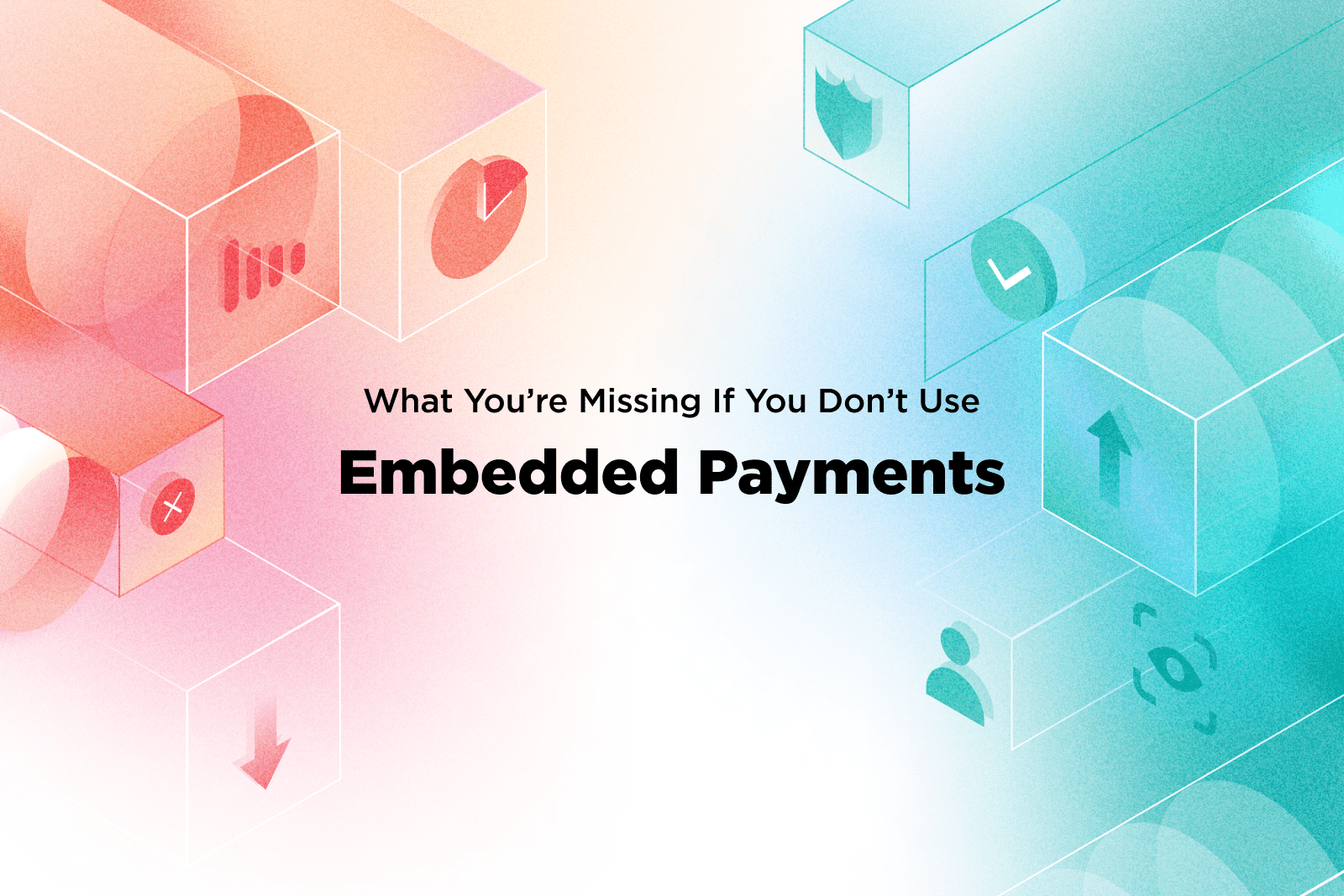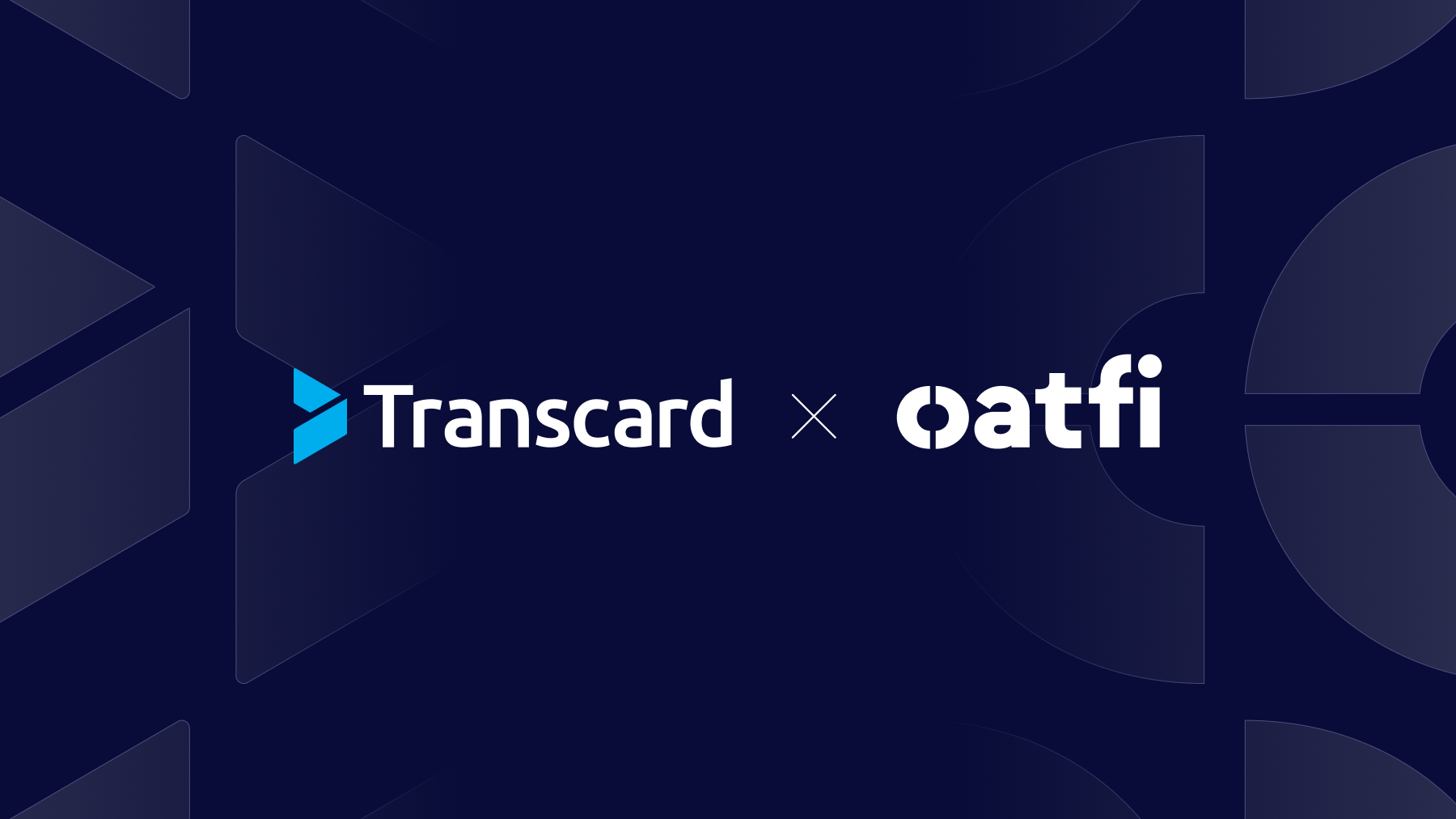The way that businesses pay suppliers and individuals is undergoing a massive shift.
After years of dragging their feet, businesses of all sizes are ditching paper checks in favor of electronic payment alternatives such as Automated Clearing House (ACH), Real-Time Payment (RTP), virtual card, push payments, wire transfer, cross-border payments, and cryptocurrency.
Most consumers embraced credit cards and other electronic payment methods years ago.
But until recently, most businesses made most of their payments using antiquated paper checks. Typically, the smaller the business, the higher the percentage of payments they made via check.
Automating payments to suppliers is a top priority of finance departments, the Institute of Finance and Management (IOFM) reports. The percentage of businesses that make most of their outbound payments via check has already declined seven percentage points over the past two years.
Why Businesses Don’t Automate Disbursements
That’s not to say that every business is racing to digitize their disbursements. Some businesses cite a lack of time or money or IT resources as reasons for clinging to their paper-based payments.
Fear of change also hangs over any financial automation discussion.
Businesses can no longer allow these excuses to stand in the way of automating disbursements.
Inefficient and ineffective payment processes can take a heavy toll on a business of any size:
Payment Delays
It takes seven to 10 days on average to get a check into the hands of a supplier or individual, when you factor in the time to print the check, chase down approvals, and stuff and address the envelope. Then there’s the time it takes for the check to wind its way through the U.S. Postal Service and, in the case of a supplier, the recipient’s mailroom. There’s also the possibility that the check will become lost in the mail or intercepted by a bad actor.
On top of it all, a supplier or individual might have to make a special trip to the bank to deposit check. The longer it takes to make payments, the higher the odds that the payor will be dealing with lots of inquiries from suppliers and individuals about where things stand in the process, strained supplier and customer relationships, and late payment penalties.
Missed Early Payment Discounts
When you consider how long it takes for businesses to disburse funds using paper checks, it’s no surprise that most businesses are missing out on lucrative early payment discounts. Most suppliers will offer discounts of 2% or more on the invoice due amount in exchange for faster payment. That’s cash that can be reinvested into growth-generating activities. But it’s hard for businesses to seize these opportunities when they saddled with long payment cycles.
Not only are businesses leaving money on the table, but they also risk straining supplier relationships and disrupting their supply chain if a cash-strapped strategic supplier doesn’t get the money it needs to maintain its operations.
Manual Processes
Eighty-four percent of the typical accounts payable (AP) pro’s day is wasted on manual activities like keying payment data, pushing paper checks, chasing down approvals, manually reconciling bank statements, and responding to phone calls and emails from suppliers and individuals about the status of payments. Things only get worse as a business grows and its operations expand overseas. All the time that AP staff waste on manual payment tasks is time they can’t spend on grow-generating activities like data analysis, collaborating with procurement, and building relationships with suppliers.
Slow Financial Close
Visibility into financial data means more in times like these. But businesses that rely on paper checks and other antiquated approaches to paying suppliers can never be sure where things stand with their disbursements. Trying to make sense of it all slows down the financial close – by weeks in some cases. Many businesses rely on spreadsheets to track payments and close the books. Other businesses must re-key payment data into their accounting software or ERP application to get everything synchronized.
The problems with paper checks and broken payment processes add up quickly.
Businesses of all sizes have seen the problems that develop when legacy systems and manual processes become unwieldy and payment delays materialize, PYMNTS recently wrote.
The Benefits of Embedded Payment Solutions
More businesses recognize the shortcomings of traditional approaches to disbursing funds.
At many businesses, the operational disruption caused by the shift to remote working exposed and exacerbated payment issues that have been around for years, instantly making automation a priority.
That’s why more businesses are deploying embedded payment solutions to disburse funds. Embedded payment solutions provide an all-in-one portal for making, managing, and collecting payments of any type from directly within the familiar screens of any legacy software or ERP.
Here’s how embedded payment solutions streamline payments to suppliers and individuals.
Fast Payments
Payments can be made within moments via RTP and global push payment with instant confirmation to the payor and the payee.
Financing Options
By eliminating the manual processes and mail float associated with paper checks, embedded payment solutions help ensure that payments reach suppliers within early payment discount windows. And leading embedded payment solutions offer built-in supply chain financing (SCF) functionality that accelerates a supplier’s cashflow and provides a payor with revenue-share opportunities.
Streamlined Operations
Embedded payment solutions enable AP pros to instantly make one or more payments or schedule them for later with just a few clicks of the mouse. And a business can manage all its payments, regardless of payment type, payment rail, or originating bank account, from a single platform.
Real-Time Reporting and Visibility
Because it is embedded in the payor’s legacy accounting software or ERP, payment data is automatically reconciled. And users can instantly see the status of all pending, in-process, and completed payments, access actionable payment metrics, and drill down into historical payment data.
Businesses cannot afford the obstacles and complications of antiquated approaches to disbursements.
An embedded payment solution provides an easy and secure way for businesses of all sizes to make payments electronically and accelerate their payments, capture more early payment discounts, streamline their operations, and close the books faster through real-time reporting and visibility.




